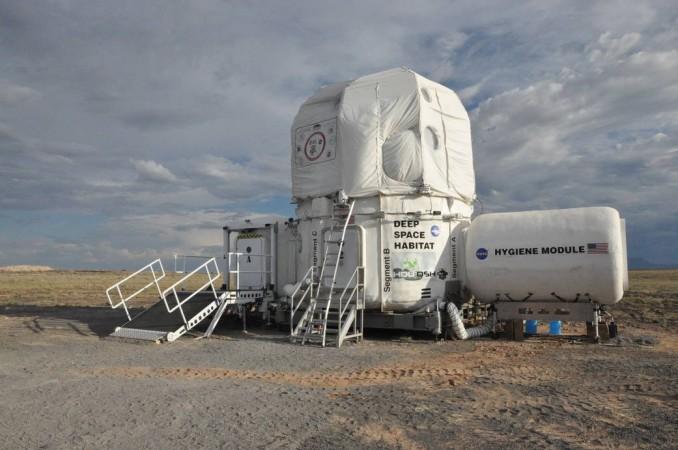
A space habitat is being devised for NASA by scientists which would keep the astronomers safe during long-term space missions.
ALSO READ: NASA's Cassini spacecraft reveals new findings about Saturn's biggest moon Titan
This habitat would provide life support, crucial communications, as well as autonomous navigation.
An old cargo container which was used for transferring essentials to the International Space Station (ISS) would be renovated.
A deep space habitat is being pioneered by US-based aerospace company Lockheed Martin for NASA at the Kennedy Space Center.
This prototype will have different evolving technologies clubbed together with the main aim to safeguard the space farers during the long duration space journey and even drive the spacecraft autonomously while it is unoccupied.
A Phase II contract for the habitat study named Next Space Technologies for Exploration Partnerships (NextSTEP) was recently awarded by NASA to Lockheed Martin, .
The team would work with NASA to improve the design concept developed in Phase I as a part of the Phase II project. The scientists would classify the key system requirements for the Deep Space Gateway and build a full-scale habitat prototype.
The Deep Space Gateway will be built by Space Station Processing Facility at NASA's Kennedy Space Center and a next-generation deep space avionics integration lab near Johnson Space Center.
"It is easy to take things for granted when you are living at home, but the recently selected astronauts will face unique challenges," said Bill Pratt, Lockheed Martin NextSTEP programme manager, PTI quoted.
"Something as simple as calling your family is completely different when you are outside of low Earth orbit. While building this habitat, we have to operate in a different mindset that's more akin to long trips to Mars to ensure we keep them safe, healthy and productive," said Pratt added.
Donatello Multi-Purpose Logistics Module (MPLM), which was one of the three large modules that were used to transfer cargo to ISS will be refurbished to build a full-scale prototype of the deep space habitat.
"We are excited to work with NASA to repurpose a historic piece of flight hardware, originally designed for low Earth orbit exploration, to play a role in humanity's push into deep space," said Pratt.
"Making use of existing capabilities will be a guiding philosophy for Lockheed Martin to minimise development time and meet NASA's affordability goals," he added.
The work will be done over a span of 18 months and the concept will be based on the study that took place in Phase I.
Phase II will also focus on mixed reality and rapid prototyping, and work on concept refinement and risk reduction. The results will further the understanding of the systems, standards and common interfaces needed to make living in deep space possible, as stated by PTI.

















